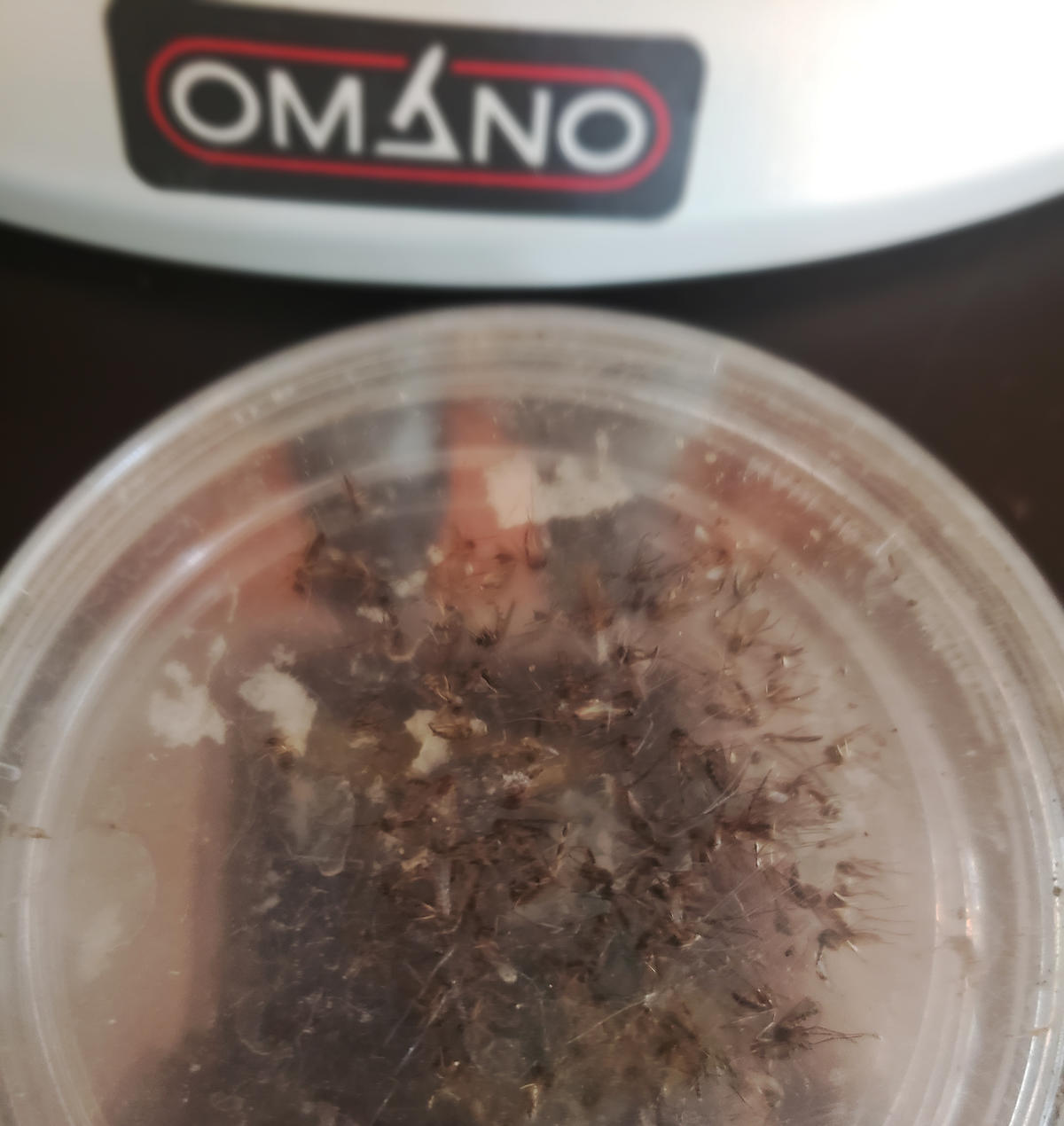This summer, I am studying the effect of increasing temperature on the size and developmental rates of mosquitoes exposed to high and low levels of competition.
I arrived at Cary Institute of Ecosystem Studies in late May. After taking a day to unpack and rest, I began to think about my research question. I knew that my research would focus on mosquitoes and the environment, but I needed to narrow my question to something relevant to human health.

I chose to look at mosquitoes due to their high efficiency as vectors – their ability to transfer pathogens to other organisms, including humans. Mosquitoes cause millions of deaths worldwide every year. I wanted to learn more about what makes them such potent vectors. I spent several days reading studies about mosquitoes and mosquito-environment interactions. My aim was to identify knowledge gaps in the literature and mold my research question to address one of these gaps.
A key takeaway from reading these existing studies: the abiotic and biotic factors that mosquitoes are exposed to as larvae impact their longevity and physiology as adults. Abiotic factors include features of the environment that do not involve living organisms – things like temperature and precipitation. Biotic factors involve living organisms and interactions among them.

My literature review revealed that competition is a major factor in larval success. I also learned that temperature and mosquito density influence adult mosquito proliferation. However, there was little information on how these factors, together, affect mosquitoes during the larval stage. To address this gap, I decided to examine the relationship between temperature, larval-stage competition, and survival to adulthood. Understanding how temperature affects mosquito development is important to predicting the course of mosquito-borne disease under changing climatic conditions.
To investigate the effects of temperature and competition on larval mosquitoes, I set up a series of mesocosms – tiny mosquito habitats encapsulated in small plastic containers. I added mosquito larvae and placed the mesocosms in incubators of different temperatures – to test effects of hotter and cooler conditions. I added more larvae to some containers to create higher competition for food resources. Mosquito development should take nine days.

I predict that mosquito larvae reared in the warmer mesocosms will develop faster and grow to become relatively larger adults than those reared in cooler conditions. This is because mosquito larvae feed on bacteria, algae, grass, and other smaller organisms. Higher temperatures accelerate most biological processes, including microorganism growth. My hypothesis is that higher temperatures will accelerate microorganism growth and reproduction in the mesocosms – providing more food for the mosquito larvae.

My second hypothesis: mosquitoes reared in habitats with fewer larvae will develop faster and grow larger due to lack of competition for food. Under the hypothesis that warming temperatures will give rise to more mosquitoes, understanding the effect of higher competition among them could have implications for mosquito-borne disease risk.
The results from my experiment could inform mosquito-borne disease control and help mitigate risks to people. It could also help explain why certain areas of the world – especially those that are becoming warmer and wetter due to climate change – experience rampant mosquito proliferation and increasing cases of mosquito-borne disease.

Emmanuel Kotey, a student at Simpson College, is part of Cary Institute's 2019 Research Experiences for Undergraduates (REU) program.
Emmanuel is working with Cary scientist Shannon LaDeau to study effects of temperature and competition on larval mosquitoes.






